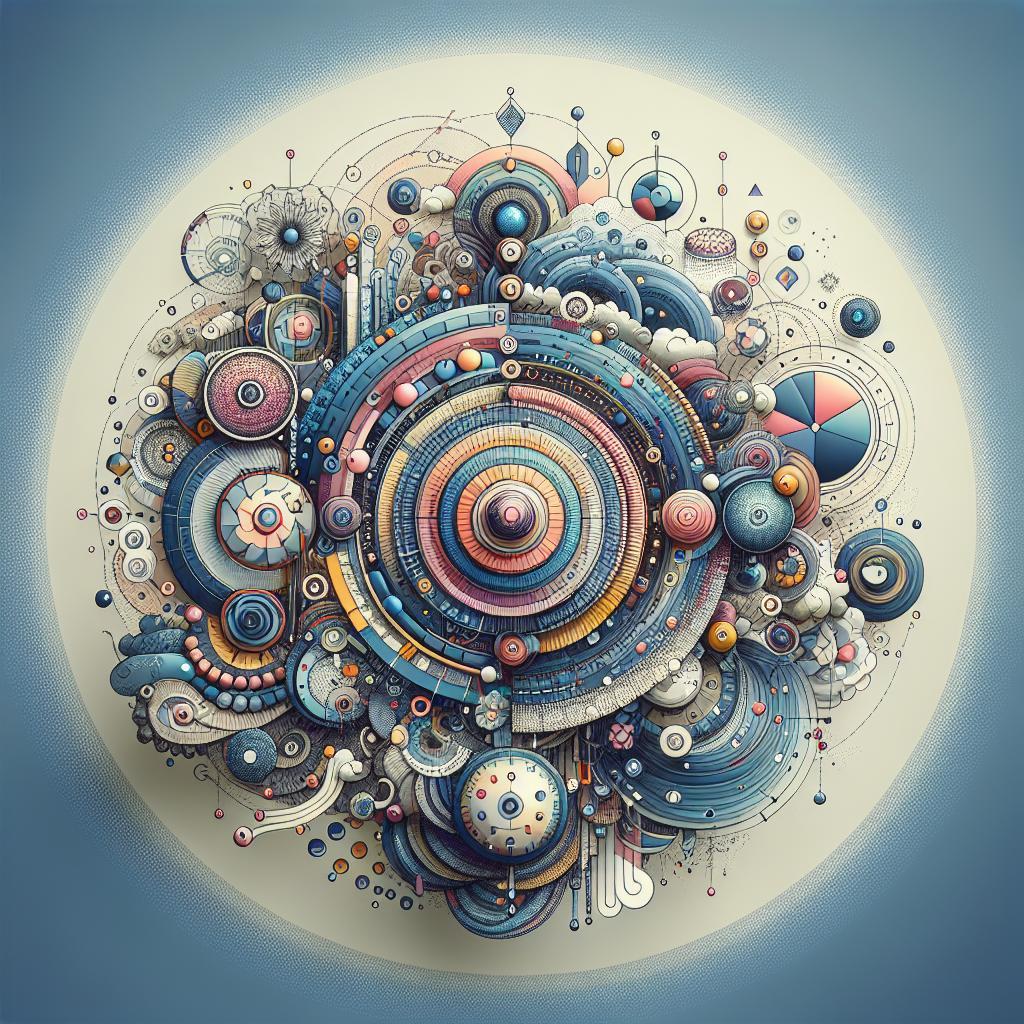Understanding the Role of UX Design in Customized Websites
In the vibrant world of digital experiences, user experience (UX) design stands as the unsung hero, weaving magic into every corner of customized websites. Imagine stepping into a tailor-made suit, where every stitch hugs just right, colors resonate with your personality, and the overall design feels like it was conjured just for you. This is precisely what great UX design accomplishes in the realm of online spaces. As we delve into the fascinating interplay between UX design and customized websites, we’ll uncover how thoughtful design not only enhances aesthetics but also transforms overall user interaction into a seamless and satisfying journey. So, whether you’re a business owner looking to set your brand apart or simply a curious wanderer in the digital landscape, join us as we explore how the right touch of UX can elevate a mere website into a delightful, personalized experience that keeps visitors coming back for more!
Exploring the Heart of UX Design: Why It Matters for Customized Websites
Understanding the nuances of user experience design is pivotal when it comes to creating customized websites. It’s not merely about aesthetics or functionality; it’s about crafting an emotional journey that aligns with user needs and expectations. A well-designed UX will consider the user’s perspective, ensuring that they engage with the website effortlessly. Key elements include:
- Intuitive Navigation: Users should find what they need without confusion.
- Responsive Design: Websites must be accessible across all devices for maximum reach.
- Compelling Content: Quality content engages users, driving them to return.
Moreover, the impact of effective UX design can be quantified in terms of business success. A streamlined user experience can dramatically enhance customer satisfaction and retention rates. For instance:
| Factor | Impact |
|---|---|
| Improved Usability | Increases conversion by up to 200% |
| Customer Satisfaction | Leads to 3 times more repeat visits |
| Effective Design | Reduces bounce rate by 20% |
In essence, a focus on user experience design not only elevates the quality of customized websites but fosters a loyal user base that feels understood and valued. This is why integrating UX principles from the very beginning is essential for any website striving for success in an increasingly competitive digital landscape.

Crafting User Journeys: Designing Intuitive Navigation for a Seamless Experience
Designing an intuitive navigation system is essential for ensuring users can effortlessly traverse a website. By mapping out user journeys, designers can pinpoint the most critical pathways and enhance the overall experience. This process involves understanding user behavior, preferences, and expectations. Incorporating voluntary user feedback in the design stage allows for creating a navigation structure that’s not only logical but also relatable. Key components to consider include:
- Clear Labels: Use descriptive labels for navigational links to eliminate ambiguity.
- Consistent Layout: Maintain uniformity across all pages to ensure users feel at home.
- Responsive Design: Tailor the navigation for different devices, making it easily accessible on smartphones and tablets.
Furthermore, organizing content effectively can lead to a more engaging user experience. A well-structured layout allows users to find information quickly without feeling overwhelmed. Utilizing progressive disclosure, where information is revealed as needed, can greatly aid comprehension and usability. Below is a simple representation of a potential navigation structure:
| Main Menu | Dropdown Items |
|---|---|
| Home | |
| Services | Web Design, SEO, Content Creation |
| Portfolio | Recent Projects, Client Testimonials |
| About Us | Our Team, Mission & Vision |
| Contact | Request a Quote, Support |
Ultimately, the goal of effective navigation design is to create a journey where users feel guided rather than lost. By prioritizing user needs and adapting accordingly, customized websites can become not just functional platforms, but truly engaging experiences.

Balancing Aesthetics and Functionality: Merging Design Trends with User Needs
In the world of website design, finding the sweet spot between aesthetic appeal and functional efficiency is essential for creating an engaging user experience. To achieve this balance, designers must consider current trends while keeping in mind the specific requirements of the end-user. For example, the use of vibrant color palettes and stylish typography can grab attention, but they must be paired with intuitive navigation and clear calls-to-action to ensure that visitors can seamlessly interact with the site. Employing minimalistic design elements can enhance focus without overwhelming users, allowing for a clear presentation of information.
Incorporating user feedback during the design process can also significantly impact the success of a website. By understanding the preferences and behaviors of the target audience, designers can prioritize features that resonate with users, while still embracing innovative trends. A few key principles to keep in mind include:
- Responsive Design: Ensuring the website functions perfectly across all devices.
- Readability: Choosing fonts and layouts that improve legibility.
- Performance: Optimizing load times to reduce user frustration.
| Design Element | Aesthetic Benefit | User Benefit |
|---|---|---|
| Color Schemes | Enhances brand recognition | Improves emotional connection |
| Typography | Creates visual hierarchy | Facilitates easier navigation |
| Whitespace | Boosts overall aesthetics | Reduces cognitive load |

Feedback Loop Essentials: How User Testing Enhances Customized Web Solutions
Creating an effective feedback loop is crucial for enhancing user experience in customized web solutions. By engaging in user testing, designers gain valuable insights that can lead to informed design decisions. This process can help identify areas for improvement and ensure that the final product aligns with user expectations. Some key benefits of incorporating user testing include:
- Increased Usability: Direct feedback from real users highlights specific pain points.
- Enhanced User Satisfaction: Tailoring features based on user input fosters a sense of ownership.
- Reduced Development Time: Identifying issues early saves time and resources in the long run.
Moreover, incorporating user feedback into the design process helps refine interactive elements, leading to a smoother journey through the website. By employing various testing approaches, such as A/B testing or usability testing, designers can gather diverse perspectives to shape their projects effectively. Here’s a simple overview of different user testing methods:
| Testing Method | Description |
|---|---|
| Usability Testing | Participants navigate the website while observers note challenges faced. |
| A/B Testing | Comparing two versions of a web page to determine which performs better. |
| Surveys and Questionnaires | Gathering direct feedback through structured questions. |
Insights and Conclusions
As we wrap up our exploration of the vital role UX design plays in crafting customized websites, it’s clear that this artful blend of empathy, aesthetics, and functionality goes far beyond mere visuals. A well-designed user experience not only captivates visitors but also creates a seamless journey that keeps them coming back for more.
Just like a skilled conductor harmonizes a symphony, UX designers orchestrate each element of a website to resonate with its audience, ensuring that every click, scroll, and interaction feels natural and intuitive. So, whether you’re a business owner aiming to elevate your online presence or an aspiring designer eager to make your mark, remember that great design is not just about looking good—it’s about feeling good too.
Embrace the nuances of UX design, and you’ll discover that a customized website can be much more than a digital storefront; it can be a dynamic, engaging experience that tells your unique story and connects with users on a deeper level. So, go forth and elevate your online adventures—after all, the future of the web is all about creating delightful experiences for everyone. Happy designing!

